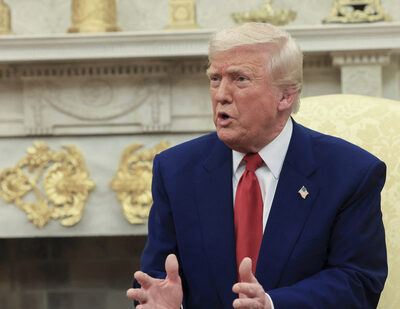A new report by S&P Global projects that emerging markets, including India, China, Indonesia, and Brazil, will contribute 65% of global economic growth by the year 2035. The report highlights how these economies are becoming key engines of growth, driven by technological adoption, expanding middle classes, and favorable demographics.

India Poised as a Major Growth Driver
According to S&P Global’s analysis, India is expected to play a pivotal role in shaping the global economy over the next decade. With its young workforce, rapid digital transformation, and growing consumer base, India is likely to emerge as a global manufacturing and services hub. Additionally, government policies encouraging investments in infrastructure, technology, and clean energy will bolster the country’s economic trajectory.
The report estimates that India’s GDP growth will remain robust, averaging between 6-7% annually, contributing a significant share to the global economy’s expansion. Key sectors such as IT, fintech, renewable energy, pharmaceuticals, and manufacturing are expected to lead this growth.
Technological Innovation and Infrastructure Development to Spur Growth
The report emphasizes that digital innovation will be a critical factor propelling emerging markets forward. Countries like India and Indonesia, which are witnessing a rapid rise in digital payments, e-commerce, and financial inclusion, are likely to outpace traditional economic models.
S&P Global also points to the importance of infrastructure investments, such as India’s National Infrastructure Pipeline (NIP) and Gati Shakti Mission, in enabling long-term economic growth by boosting logistics, connectivity, and energy capacity.
China, Brazil, and Other Key Emerging Markets
While India will play a crucial role, China is expected to remain a dominant force, though its growth rate may slow due to demographic challenges and a shift toward domestic consumption. Brazil, Indonesia, and African nations are also highlighted as regions with significant growth potential, driven by urbanization, industrialization, and access to global markets.
The report notes that supply chain diversification away from traditional manufacturing hubs will benefit countries like India, Vietnam, and Mexico, helping them capture a greater share of global trade.
A Shift in Global Economic Power
The S&P Global report signals a shift in the center of economic power toward emerging markets. As advanced economies such as the United States, Japan, and Europe face challenges from aging populations and lower productivity growth, the contribution of developing nations to global GDP is set to rise sharply.
By 2035, emerging markets are expected to account for two-thirds of global GDP growth, compared to around 45% in the previous two decades. The report also indicates that increased consumer spending in these markets will create new opportunities for multinational businesses and boost global trade.
Opportunities and Challenges
While the growth outlook is positive, the report cautions that emerging markets must address several challenges to fully realize their potential. These include:
- Climate change and sustainability pressures, requiring investments in green energy.
- Geopolitical tensions that could disrupt trade and capital flows.
- Structural reforms in areas like education, labor, and healthcare to enhance productivity.
India, for example, will need to upskill its workforce, manage urbanization, and attract foreign direct investments (FDI) in critical sectors to sustain long-term growth.





